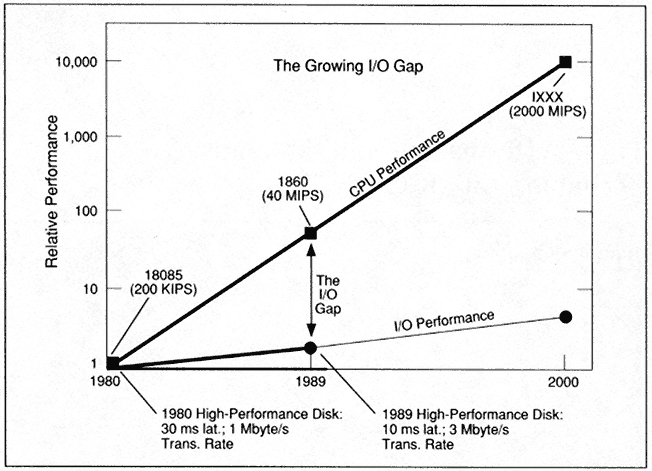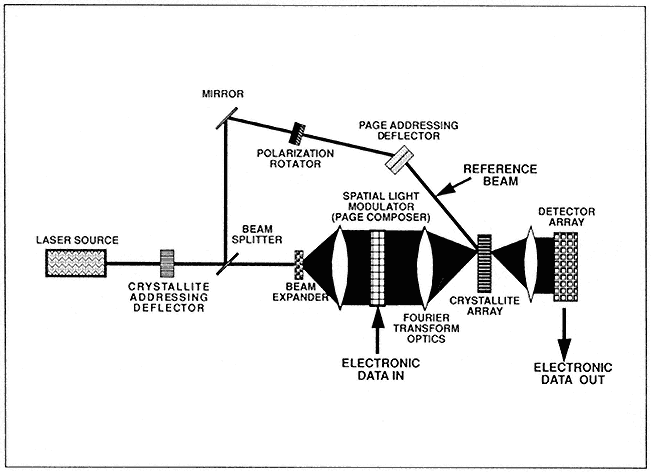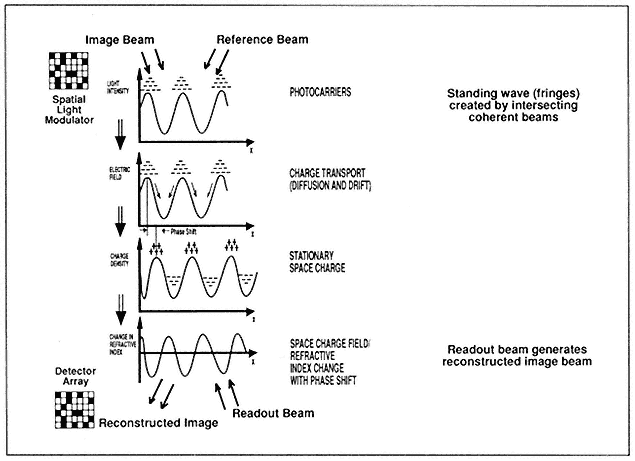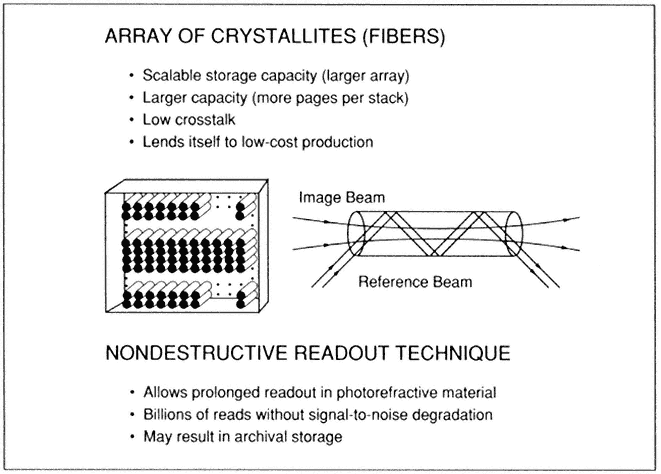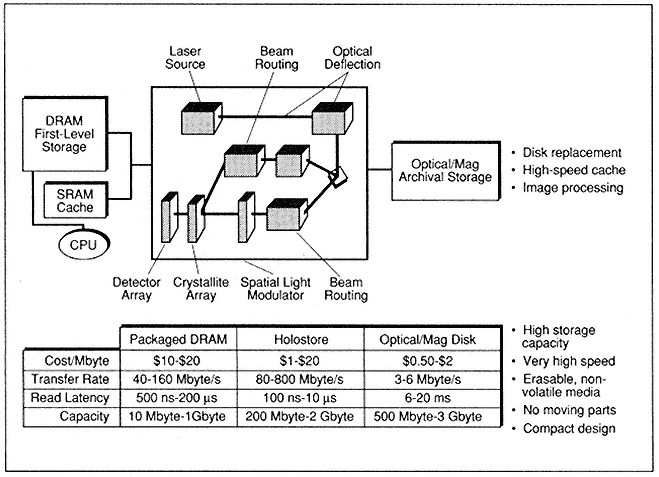High-Performance Optical Memory Technology at MCC
John Pinkston
John Pinkston was the Vice President and Director of the Exploratory Initiatives Program at the Microelectronics and Computer Technology Corporation. Currently, he is a Research and Development Fellow at the National Security Agency. Dr. Pinkston received a bachelor's degree in electrical engineering from Princeton University and a Ph.D., also in electrical engineering, from MIT.
During this session we are going to hear about high-speed devices for logic, memory, and packaging, which are necessary and critical to build any high-performance supercomputing system. I would like to talk about a high-performance bulk-storage technology that we have been working on at the Microelectronics and Computer Technology Corporation (MCC), which, if it is successful, could impact very significantly the performance of supercomputer systems that deal with data-intensive projects.
Specifically, I am talking about volume holographic storage. Picture in your mind a disk that has a latency time of 10 microseconds and an I/O transfer of about a gigabit per second. That is the kind of technology that would impact environments where "solid-state disks" are used today.
Basically what we are working on is optical technology—storing a hologram for an array of bits in a photosensitive crystal in the form of a two-dimensional page. The motivation for MCC's involvement with
Figure 1.
Why MCC got involved with holographic storage.
holographic storage is the widening gap between CPU and I/O performance (Figure 1). In areas where the problem is data intensive and data limited, the I/O performance is the limiting factor of the performance of the overall system.
The concept is shown in Figure 2. Data are brought in and stored in a spatial light modulator, which is essentially a square array of spots that are transparent or opaque. The modulator is illuminated by a light from a laser and is then imaged onto a photosensitive crystal, with about a one-millimeter-square area. The pattern is interfered with by a reference beam from the same laser brought in at an angle, which creates an interference pattern or a hologram in this area of the crystal material.
The crystal is a photorefractive material that stores an image. The interference pattern, which has areas of high intensity and low intensity, creates a local change in the index of refraction where the light intensity is high (Figure 3). Essentially, electrons get excited into mobile states and settle back down where the light intensity is not so great. If the light is taken away, the electrons freeze in some trapping states, and you are left with essentially a charge grating written in the material that persists and contains the hologram of the image.
Figure 2.
Optical configuration of the hologram concept.
Figure 3.
Photorefractive recording.
To read data, the crystallite array is illuminated with the reference beam, which scatters off the diffraction grating, reconstructs the object beam, and is imaged onto a detector array such as a charge-coupled device (CCD). One can store many pages into the same volume of material, as with holograms, by varying the angle of the incoming beam and therefore varying the spacing of the grating. You can think of it as spatial frequency division multiplexing of signals superimposed in the same module.
We have seen storage in the range of 30 to 50 pages in a region that we call a stack, and you can have multiple stacks in nonoverlapping volumes of the crystal.
Readout can occur in the 10-microsecond time frame. Writing takes a little longer—in the 100-microsecond time frame.
This technology offers potential storage density in the gigabyte range. This density is not really going to compete with very large archival disks but is very competitive with high-performance disks today. This idea has been around for a while, for probably 20 years, but recent developments have made it more attractive than before.
The problems in the past had been that, first, the material was very difficult to work with. We use a strontium barium niobate. One can also use a bismuth silicon oxide. These are both very hard materials to obtain in sufficient purity and quality.
Second, there was a problem that no one had been able to overcome. Both reads and writes illuminate the crystal and cause some fading of the holograms in that stack.
Basically, in our lab we have developed a way of making the crystal by stacking up a bunch of fibers, which can be grown much more easily than a large bulk crystal, thereby getting around the material-availability problem. Further, we've produced a nondestructive readout technique. Figure 4 lists the innovations MCC has patented in the fields of crystallite-array and nondestructive-readout technology.
The technology is now quite promising. Performance projections are targeted in the $1 to $20 per megabyte range, with multiple hundreds of megabits per second I/O rates and read latency in the microsecond time frame (Figure 5). Capacity is somewhere in the gigabyte range.
We feel we have to be able to beat what semiconductors can do at the system level by probably about five to 10 times in terms of cost per bit in the year in which our product becomes available.
We have built up a small functioning unit that has potential. It is about a foot on a side and has a laser, two acousto-optic deflectors, several mirrors and lenses, a spatial light modulator, a storage crystal, and a CCD
Figure 4.
MCC-patented innovations in two key Holostore technologies.
Figure 5.
Performance projections.
| ||||||||||||||||||||||||||||||||||||||||
Figure 6.
Bobcat II project
detector array. The unit is hooked up to a PC and is operating. We plan to develop a prototype (Bobcat II) that we hope to have available by the end of 1992. The capabilities of Bobcat II are outlined in Figure 6.
Applications for the unit will include the following:
• disk drive replacement,
• high-speed cache memory,
• high-speed storage with direct optical interfaces to fiber-optic communications networks,
• high-speed image-acquisition processing,
• survivable mass storage for demanding environments, and
• optical computing.
